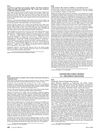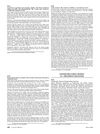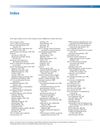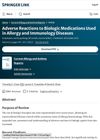Serum Sickness-Like Reaction in Children: A Retrospective Review
February 2009
in “
Journal of The American Academy of Dermatology
”
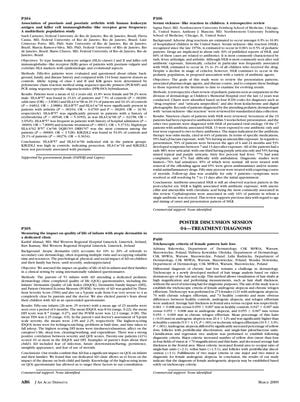
TLDR Children's Serum Sickness-Like Reaction is often linked to antibiotics, especially amoxicillin, and involves symptoms like rash, fever, and joint issues.
The document presents a retrospective review of 19 pediatric patients diagnosed with Serum Sickness-Like Reaction (SSLR) at Children's Memorial Hospital over a 12-year period. The study aimed to analyze presentation patterns, associated pharmacologic agents, and disease course of SSLR. The results showed that 17 out of 19 patients had been exposed to antibiotics within 3 weeks before presentation, with amoxicillin being the most commonly associated antibiotic. Symptoms typically developed between 7 and 13 days after exposure, with the majority of patients presenting with rash (88% urticarial), fever (65%), joint complaints (77%), and difficulty with ambulation (47%). Treatment involved removal of the offending agent and administration of antihistamines, nonsteroidal anti-inflammatory drugs, or a tapering course of steroids. The study concluded that antibiotic-associated SSLR remains a reaction pattern in children, with amoxicillin and amoxicillin with clavulanic acid being the most commonly associated antibiotics, supporting previous data on the age, timing of onset, and presentation pattern of SSLR.
